Latest News
Drug dealers to be arrested without exceptions
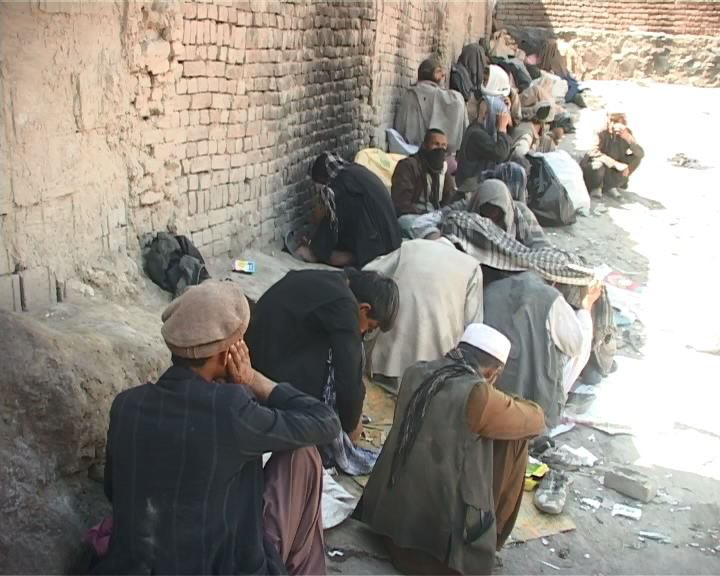
After publishing an investigative report about the market of drugs in the capital of Afghanistan, the deputy minister of counter narcotics has received a decree from President Ghani to arrest the drug distributers.
The deputy minister says that the process of arresting drug dealers all across the country started last week and will continue.
The counter narcotic debate is a reminder of how unwieldy the alliance’s military operations can be. United Nations figures show that Afghan insurgents reap at least $100 million a year from the drug trade, although some estimates put the figure at five times as much.
For the Taliban, taxes on poppy farmers and opium dealers helped to finance the movement’s rogue state. For Al Qaeda terrorists, the officials warned, the opium trade might also be a way to move money or fund attacks. At the least, Afghanistan’s mix of political radicalism and diplomatic isolation had made for a drug threat that appeared to be well beyond America’s reach.
But more important than the Taliban’s sincerity may have been the fact that drug production could be regulated at all. With little more than Mullah Omar’s decree, poppy cultivation stopped virtually overnight with surprisingly few reports of repression against the farmers. Had such a thing happened almost anywhere else in the world, it would probably have been hailed as one of the greatest achievements in the history of drug enforcement.
The problem that Afghanistan posed under the Taliban was not an isolated one. Over the last decade or so, as anti-drug campaigns have advanced in relatively coherent states like Pakistan, Iran, Thailand and Bolivia, more of the world’s drug supply has begun to come from so-called rogue states, or from regions that government authority simply doesn’t reach.
After Afghanistan, the world’s biggest opium producer these days is Burma. Most of the world’s supply of coca, the raw material for cocaine, comes from regions of Colombia dominated by leftist rebels and right-wing paramilitary forces.
The Taliban’s concentration on their drug interests begins each year during the fall planting season. At that time, commanders often provide seeds, fertilizers, and advance payments and are always ready with promises of protection.
“In most districts, the Taliban are encouraging villagers to plant as many poppy seeds as possible and are assuring the farmers that the insurgency will shield their cultivation from government eradication efforts,” Abdali explains.
(Despite a big push, government eradication efforts have been largely ineffective, with just 6 percent of the some 380,000 acres of poppies planted last year having been destroyed, according to the UNODC.)
To tackle the problem of narcotics, the Afghan government and its international partners have initiated tough measures in recent years.
“Earlier the drug dealers would get away for carrying 5 gram opium, but now strict action is taken against those arrested,” says Mohammad Zahid, who has taken part in many anti-narcotic campaigns.
While Afghanistan continues to be the largest producer of drugs in the world, it was not the largest consumer until recently. Now, one million out of a population of 35 million are addicted to drugs, according to Ministry of Counter Narcotics (MoCN).

Latest News
Ghori State Cement in Baghlan increases production
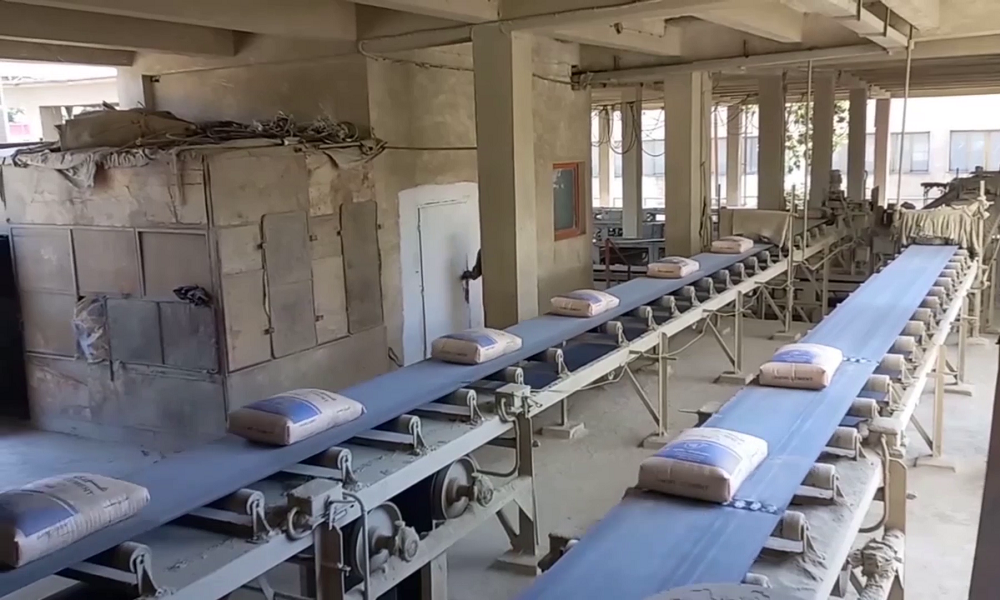
Officials at Ghori State Cement in Baghlan province say the amount of cement produced at this plant has increased compared to the past.
According to company officials, 150,000 tons of cement was produced in 1402 [solar year] and they are trying to increase the amount to 180,000 tons this year.
“Last year, we successfully produced 150,000 tons of cement and sold it to the market. Fortunately, in 1402, we had more than 200 million afghanis in revenue,” said Abdul Wakil Qayumi, financial and administrative deputy of the company.
The plant officials stated that efforts are underway to increase the production capacity, and with the increase of the production capacity, they will produce 1000 bags of cement per day.
“Currently, our four ovens are active, and we produce approximately 1,000 to 1,200 tons of cement in twenty-four hours,” said Mohammad Tahir, packaging manager for the company.
In this company, jobs are created for 750 individuals, and some workers have asked the traders to invest in the country and provide work for young people.
“Some more factories should be built in our country so that less foreign cement is imported into the country and we use our own products,” said one of the company workers.
Ghori Baghlan Cement Company was established about 40 years ago and is considered one of the largest cement production companies in Afghanistan.
The management of this company is carried out by the National Development Corporation (NDC).
Latest News
Regional countries should jointly expand stability and development: Deputy PM
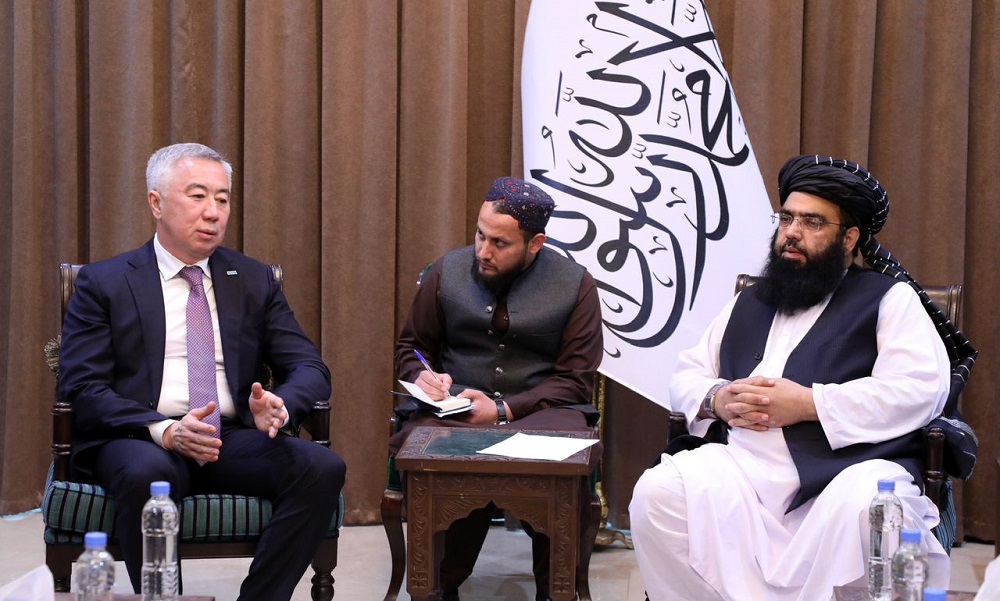
Mawlawi Abdul Kabir, Political Deputy Prime Minister, has said in a meeting with the Deputy Prime Minister of Kazakhstan in Kabul that regional countries should play their role in the implementation of large regional projects.
Kabir also invited Kazakh businessmen to invest in Afghanistan, his office said in a statement.
He added that the Islamic Emirate fully controls Afghanistan’s borders, has eliminated drugs and corruption, and restored national sovereignty.
According to the statement, Deputy Prime Minister of Kazakhstan Serik Zhumangarin appreciated the progress made by the Islamic Emirate in Afghanistan and said that his country is ready for long-term trade, transit and investment relations with Afghanistan.
Zhumangarin expressed his country’s readiness to grant scholarships to Afghan youth and added that Afghanistan is currently an example of a peaceful country in the region, and due to this, the world wants to establish relations with the Islamic Emirate in various fields.
He also called for the start of direct flights between Kabul and Almaty and said that his country is ready for bilateral cooperation with the Afghan government in the cultural field.
Latest News
Red Cross official seeks ‘staggered’ return of Afghan refugees from Pakistan
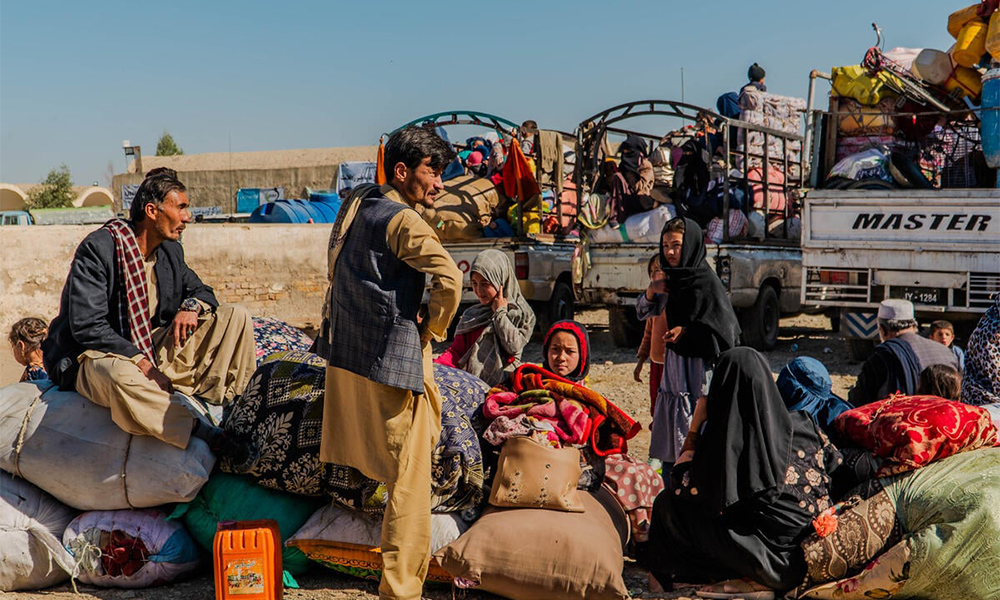
A senior Red Cross official has called for the return of Afghan refugees from Pakistan to occur “in a more staggered way” so Afghanistan can better absorb them.
“It will be important to work with the government of Pakistan in 2024 to ask that if there are going to be returnees,” that they arrive “in smaller numbers at a time just so it is more manageable on the Afghan side,” said Alexander Matheou, regional director, Asia Pacific Region for the International Federation of the Red Cross, Voice of America (VOA) reported on Saturday.
Speaking in the Qatari capital, Doha, Matheou told journalists on Friday the challenges facing Afghan returnees from Pakistan was one of several pressing issues he discussed with the officials of the Islamic Emirate in Kabul.
“You will be aware that over half a million have crossed the border over recent months, and it is likely that we will see large numbers of new arrivals in the coming months,” he said.
“I imagine this is probably the largest population flow in a short period of time in Asia since the population movement from Myanmar into Bangladesh in 2017,” he added. “So, it is a significant event.”
Since October, Pakistan has expelled more than 500,000 Afghan refugees who lacked proper documentation.
Matheou noted many of the returnees have lived in Pakistan for decades and are ill-equipped to begin a new life in a country that to them is unknown, without government or international support.
He described the returnees as being in generally poor health, especially the children, who account for nearly half of all returnees.
“The evidence of that was we visited clinics where they reported a real spike in cases of acute malnutrition coming from the arrivals from Pakistan.
“We visited routine immunization programs of the IFRC and the Afghan Red Crescent in the villages, and there it was clear looking at the children that as well as being anemic, you could see wasting and stunting among the children,” he said.
-
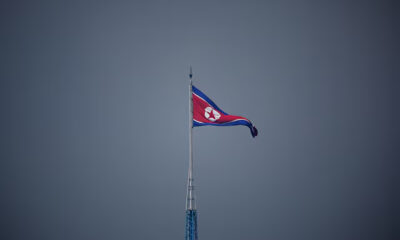
 World5 days ago
World5 days agoNorth Korea officials visit Iran in a rare public trip
-

 Sport4 days ago
Sport4 days ago‘Serious talent’ Fraser-McGurk bonds with Warner to light up IPL
-
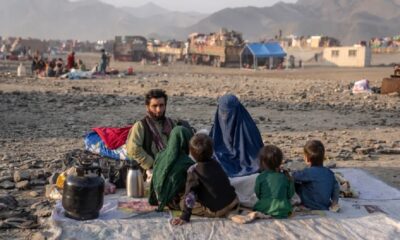
 Latest News4 days ago
Latest News4 days agoOver 1,000 Afghan refugees forced out of Pakistan in one day
-

 Sport2 days ago
Sport2 days agoAfghanistan beat Iraq 5-3, inch closer to Futsal World Cup berth
-
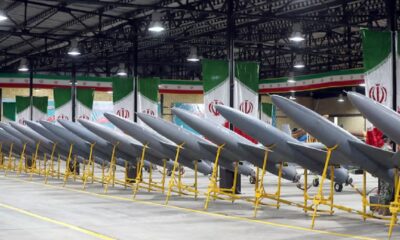
 Regional3 days ago
Regional3 days agoNew UK sanctions target Iranian drone industry
-
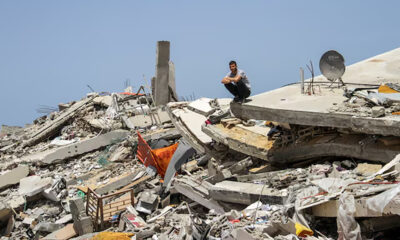
 Regional4 days ago
Regional4 days agoTurkey accuses U.S. of double standards over Gaza in rights report
-
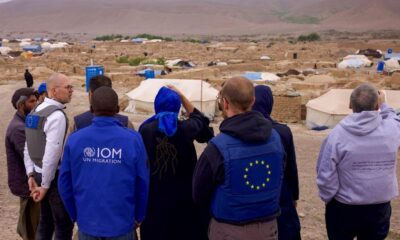
 Latest News3 days ago
Latest News3 days agoEU allocates 17 million euros to support Afghans on the move
-
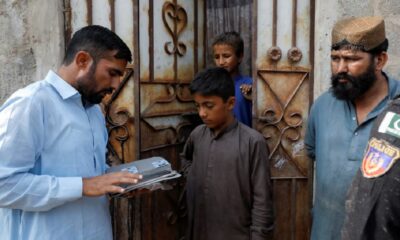
 Latest News2 days ago
Latest News2 days agoPakistan extends registered Afghan refugees’ stay till June 30

![DRUG - 02-06-2015-DARI-SOT.avi_snapshot_00.25_[2015.06.02_20.16.49]](http://ariananews.af/wp-content/uploads/2015/06/DRUG-02-06-2015-DARI-SOT.avi_snapshot_00.25_2015.06.02_20.16.49-300x240.jpg)













